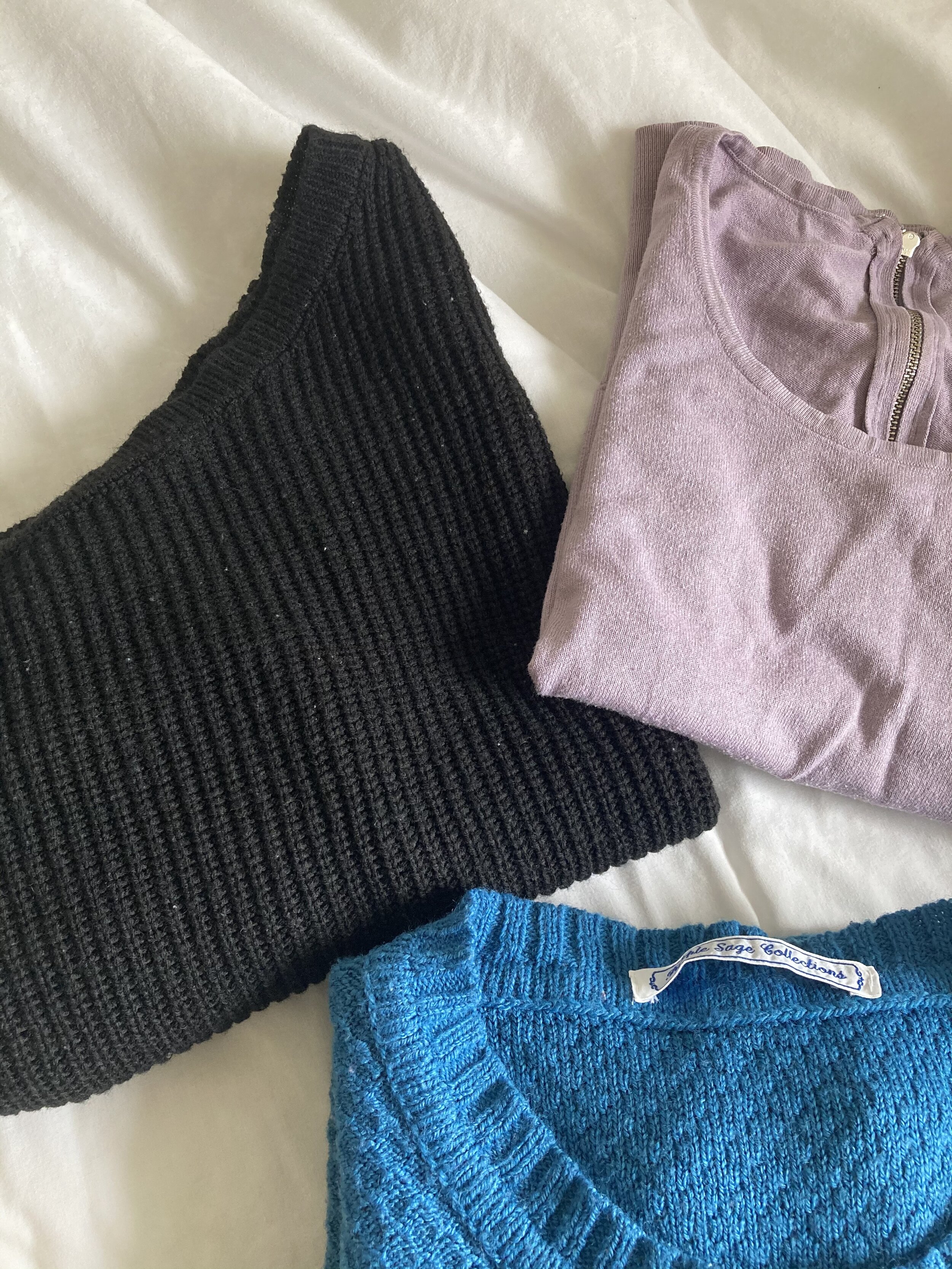My First Time Using A Printable Sewing Pattern
Out of all my years of sewing, I have never used a printable pattern. Making my own patterns, sure. Draping on a dress form, uh-huh. Tracing clothes I already own, definitely. But going online, finding a PDF pattern, printing all the pages out, doing the trimming and the taping, never. Well, until now.
Random fact about me: I love slip dresses. Maxi length, midi length, mini, satin, silk, sheer, lacy, if I see one I want one so when I found this Simple Slip Dress pattern by designer Angelia Lin I was immediately interested. Interested enough to finally do the downloading, printing, cutting, and taping that I’ve avoided for years.
If you’d like to know how my first experience putting together a PDF pattern went as well as the steps I took and lessons I learned along the way, keep reading!
Steps:
Printing
Angelia Lin’s pattern came with really great printing instructions that made this step super simple. All of the settings for overlap and margins were default so it was an easy first step.
Angelia Lin’s Simple Slip Dress pattern fresh off the printer.
Laying it out
Once everything was printed, I took all the pages and laid them out on my floor. This is where I first started feeling overwhelmed. There was a lot of paper and so many lines and I wasn’t sure where the pages were supposed to connect. All of this came together to make me feel kind of like a little kid trying to put together a too-difficult jigsaw puzzle. But eventually, after checking the PDF on my computer a million times to make sure I had everything in the right order, I finished the puzzle.
After laying the pattern out on the floor it resembled a giant puzzle.
Trimming the overlap
Here is where the trial and error really began: trimming the overlap. For some reason, I didn’t trust myself to use a ruler and cut the ¼ inch margins evenly so I decided to fold them instead? What I ended up with was a really awkward, bulky pattern that was so ridiculous I went back and started over before I got too far along.
Sitting at my desk with my ruler and taking the time to carefully measure, mark, and cut the ¼ inch margins was much easier and turned out much better in the end. Though it was the most time-consuming step, I listened to some music and did my thing. Once I found my rhythm it was actually kind of relaxing.
One quarter inch overlap marked carefully on each sheet of paper before cutting.
Tape, tape, tape
With the overlap all trimmed and ready to go, the next step was to take all the pages and tape them together. For the front dress pattern I simply took each page and taped it to the next one by one to slowly build the pattern, but by the time I made it to the back dress pattern I realized it was much more efficient to lay all the pages out once again, tape them together in neat rows, then put the rows together. This is probably why the back pattern is noticeably neater and lays flatter than the front.
My fully constructed patterns ready for the final step.
Cutting it down to size
Here I could finally see the finish line! Using the size chart provided in the pattern I took my measurements, determined my correct size, and cut along the corresponding outline.
Finally complete, the front and back slip dress patterns are ready for use.
Though it was challenging, I’m so glad I finally gave a PDF pattern a go! It’s great to know that I can put one together if I ever come across another that I love. Again, the slip dress pattern I used is by designer Angelia Lin. You can find her at her website www.angelialin.com or on her social media pages of the same name.
If you’ve made it to the end, thank you so much for reading! I hope these tips were helpful and encouraged you to venture into the world of PDF patterns. Wishing you all happy sewing, and be sure to keep your eyes peeled for a slip dress tutorial using this pattern coming soon!










